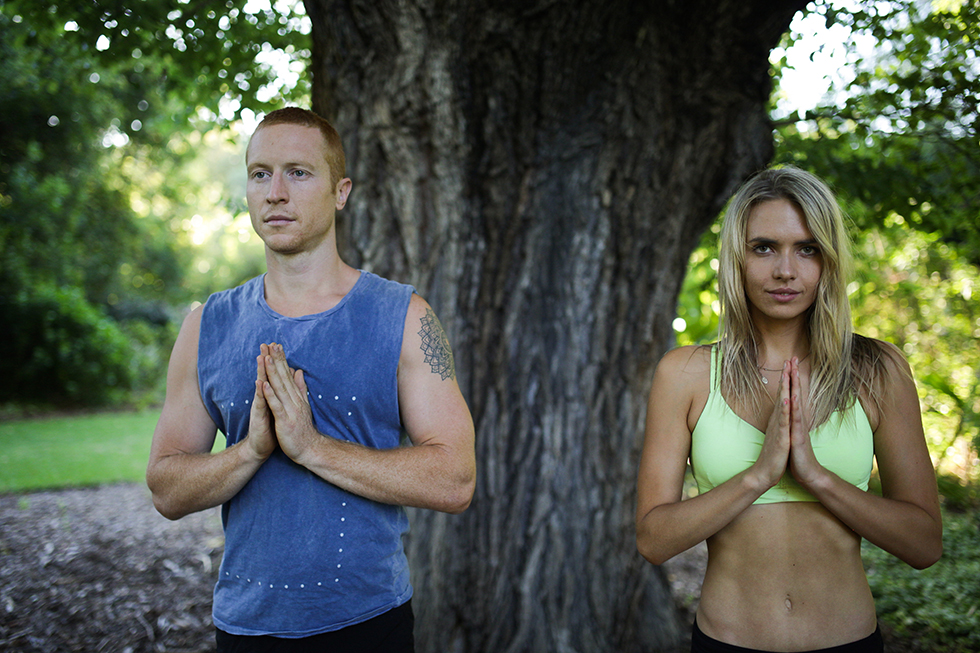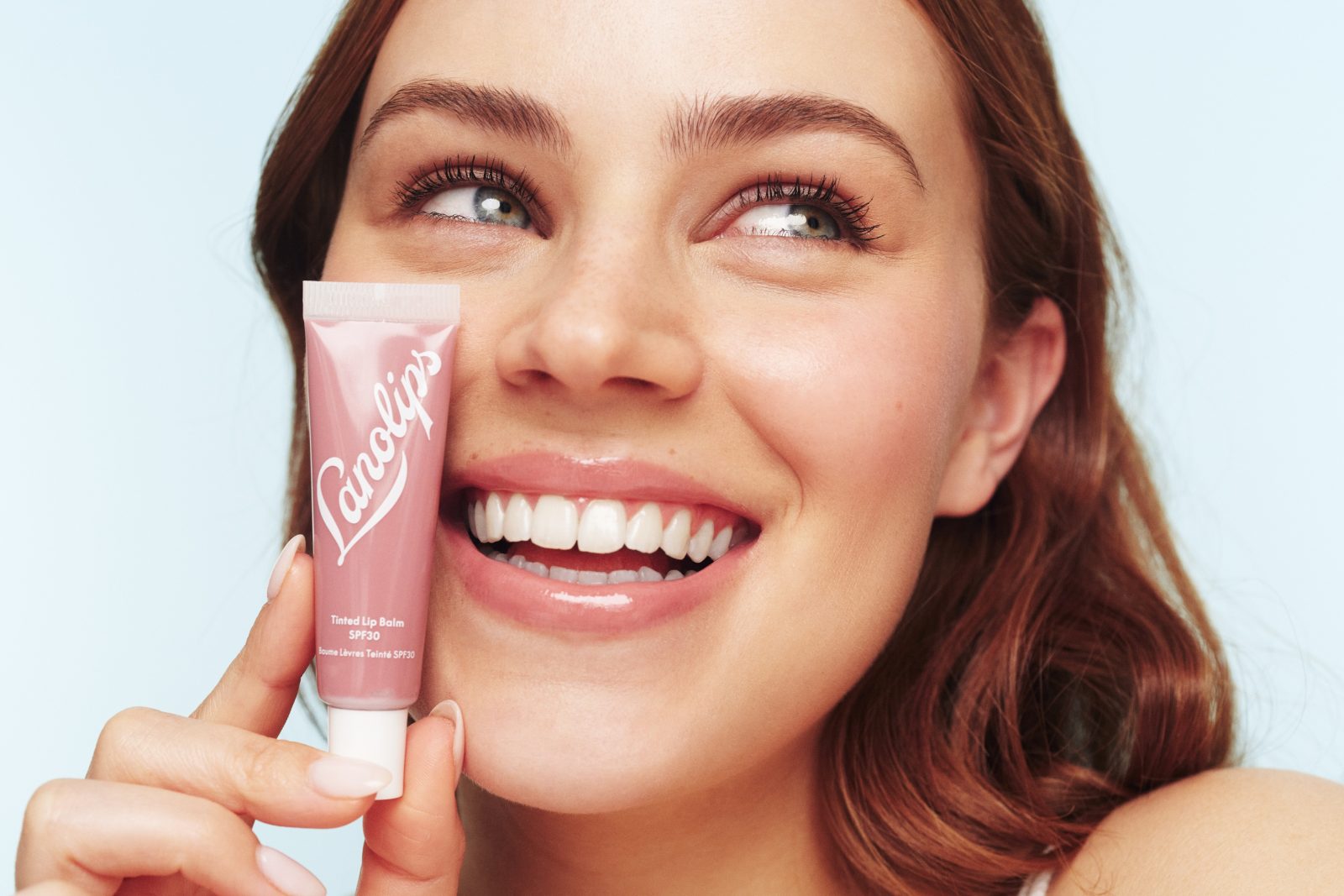Yoga on the mind with Steph
Where did your passion for yoga begin?
Funnily enough, it took a while before my passion for yoga ignited. My mum literally forced me to go when I was 15 years old to a small class in Neutral Bay, Sydney. I went kicking and screaming. At the time, I was a very unwell girl – battling severe depression, anxiety and anorexia. Mum was desperate to try anything which may help my situation because mainstream medicine had failed and I was getting sicker by the day.
In those early days I did not understand the hype surrounding yoga, and I only really attended for my Mum’s peace of mind. However – over time – I found that all the principles I was learning on the mat began to help me in miraculous ways off the mat. It became my respite, my journey into self awareness and understanding. Yoga got me better – it saved my life – and that’s how I fell in love.
What type of yoga do you teach?
I am trained in teaching power yoga, or power flow. Power Yoga is a fitness-based vinyasa practice. Power flow is an offshoot of Ashtanga Yoga, it has many of the same qualities and benefits, including building internal heat, increased stamina, strength, and flexibility, as well as stress reduction. The aim for students is to synchronize their breath with their body movement as they flow through the poses. The smooth and (eventually) seamless way that the poses run together becomes like a dance, or I like to think of it as moving meditation. The breath acts as an anchor to the movement as you to flow from one pose to the next in time with an inhale or an exhale.
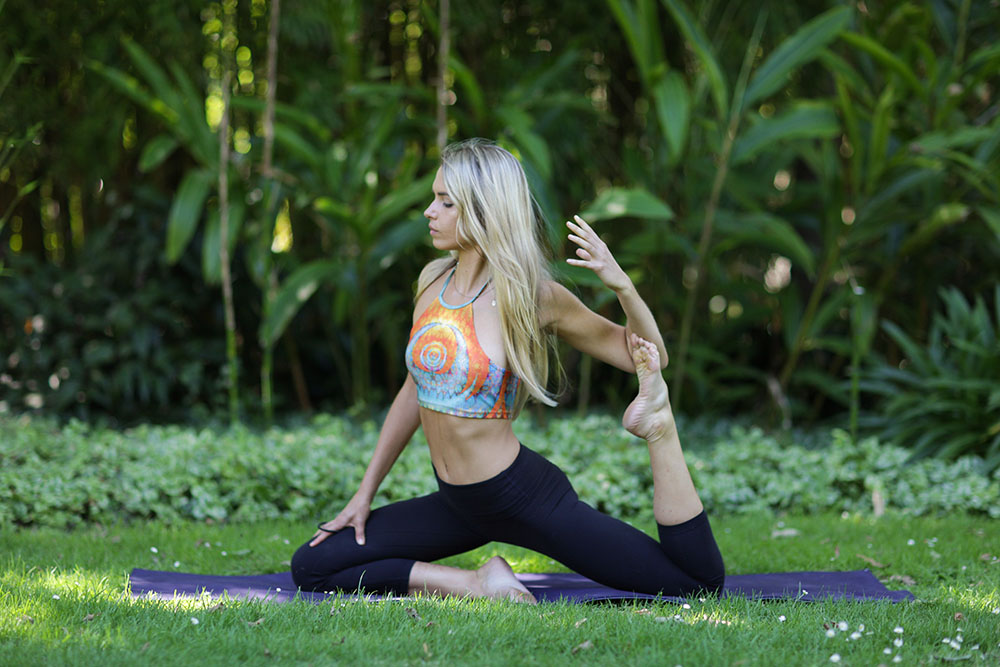
Tell us why is yoga so important and beneficial to our health…
Yoga affects one’s health holistically….it is a powerhouse because targets mind, body and spirit. Yoga is so much more than a mere physical practice. Whilst physically it has many benefits, this only scratches then surface of what can be gained from practicing a complete philosophy of yoga. It is a vehicle to go beyond the physical, to begin a quest to understand the mind, its complexities and perceived limitations and limiting beliefs, stories or repetitive internal dialogue that plague our psyche and journey towards an inner state of peace and consciousness. One of my yoga mentors framed it like this:
“Train your body so it is supple, strong and full of life force to support you through the arduous process of understanding your mind and what causes its suffering”.
Physiological benefits of yoga postures, or asanas.
They improve muscular skeletal flexibility, strength, resilience, endurance, cardiovascular and respiratory efficiency, endocrine and gastrointestinal functioning, hand eye coordination and balance, immunity and sleep.
Psychological benefits
These include (but I’m sure are not limited to) a decrease in anxiety, depression and hot-headedness, or aggression, as well as an improvement of somatic awareness, learning, mood, memory and attention.
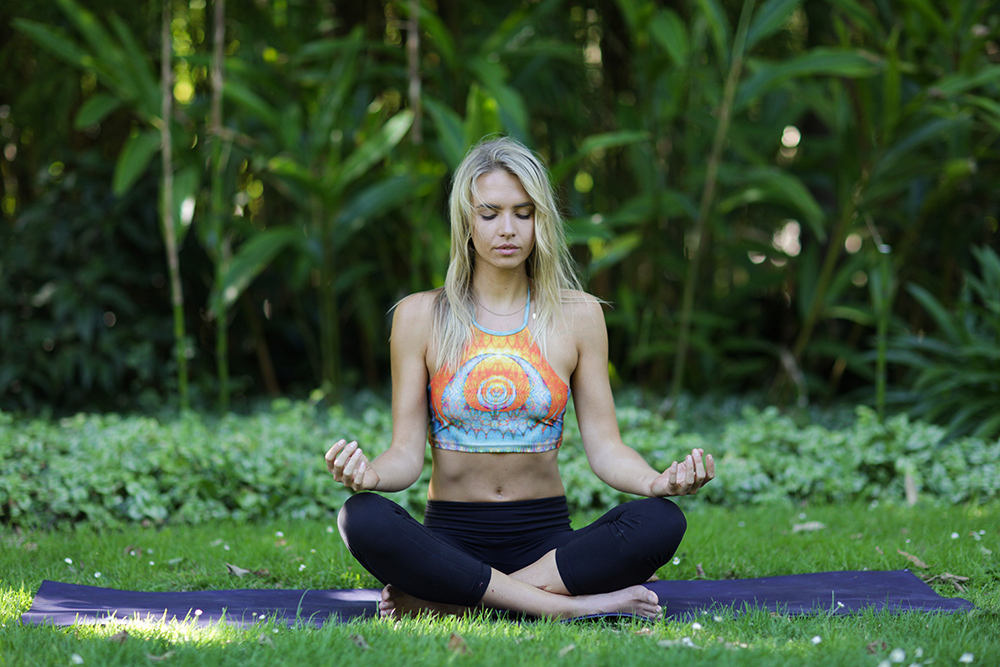
What are 3 great all round stretches that anyone can do everyday? And what are the benefits?
Downward facing dog
- Improves posture
- Strengthens the spine, arms, wrists
- Stretches chest and lungs, shoulders, and abdomen
- Firms the buttocks
- Stimulates abdominal organs
- Helps relieve mild depression, fatigue, and sciatica
- Therapeutic for asthma
Pigeon pose
This pose is perfect for tight hips because it stretches the hip rotators (the buttocks area) and the hip flexors (the long muscles that run along the front of your thighs and pelvis). It’s effective because it’s so good at isolating certain muscles in the hips, ultimately softening stiffness and rigidity and making you feel lighter and more flexible. Physical benefits:
- Opens the hip joint,Lengthens the hip flexor,
- Stretches the thighs, gluteal and piriformis muscle
- Extends the groin and psoas, Stimulates the internal organs
- Increases hip flexibility
- Improves posture, alignment, and overall suppleness,
- Lessens or alleviates sciatic pain,
- Diminishes lower back pain and stiffness
Emotional benefits: It is a primal reaction to store stress, trauma, fear and anxiety in the hips.
These bottled up feelings create tight hips. Pigeon Pose opens the hips and releases negative feelings and undesirable energy stored in your system.
Camel pose
- Opens up the hips, stretching deep hip flexors
- Stretches and strengthens the shoulders and back
- Expands the abdominal region, improving digestion and elimination
- Improves posture
- Opens the chest, improving respiration
- Loosens up the vertebrae
- Relieves lower back pain
- Helps to heal and balance the chakras
- Strengthens thighs and arms
- Improves flexibility, especially in the spine
- Stimulates endocrine glands
- Releases tension in the ovaries
- Stretches the ankles, thighs, groin, abdomen, chest, and throat
- Cures constipation
- Tones organs of the abdomen, pelvis, and neck
- Complements overall health and well-being
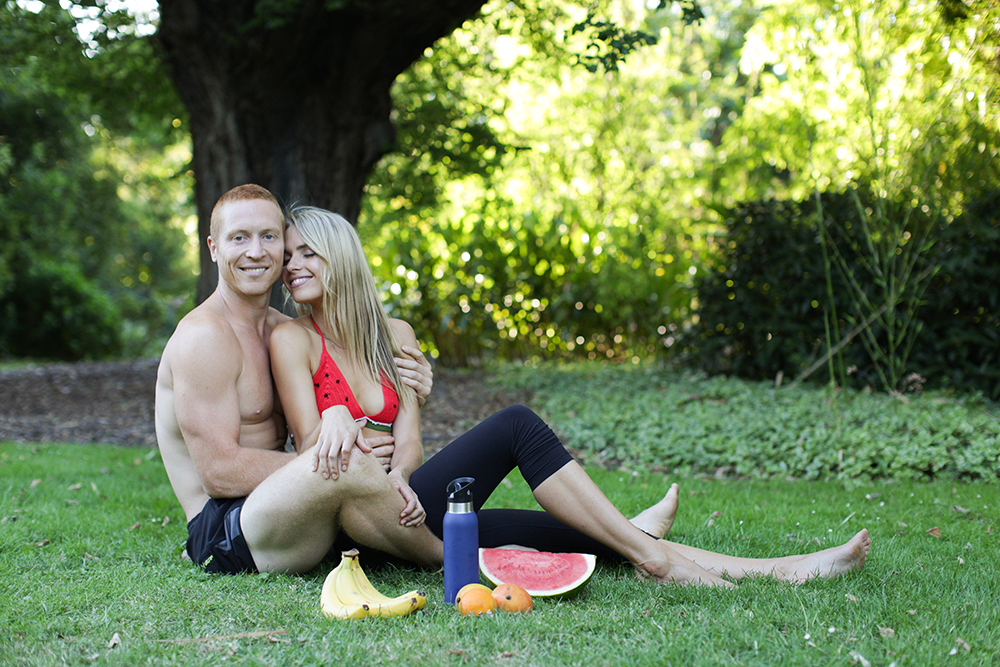
Any great snacks to eat post workout?
I take nutrition very seriously, particularly post workout. A belief of Ayurveda philosophy (which is like a sister science to yoga) is that 70% of our state of mind is influenced by what we put into our body. Some great natural options to help thrive post workout include:
•Bananas
•Coconut water
•Medjool dates wit almond butter •Mangoes
•Small handful of almonds
And
“Nice cream” with cacao nibs and goji berries
Green smoothie (cucumber, spinach, bananas, medjool dates) Acai berry bowl (nutrition bar have some really yummy ones)
The above foods are all fantastic because quickly replenish the body’s needs including glycogen, electrolytes, water, vitamins, minerals, proteins and healthy fats :). The simple sugars found in fruits are particularly great post workout because they are absorbed into the bloodstream pretty much instantly, thus we don’t sacrifice our precious energy stores.
My boyfriend is now an Author and holistic nutritionist. He has worked with many high profile people, namely professional athletes, and educated them on how to eat a plant-based, nutritious and wholesome diet to put their body in an ultimate state of vitality and wellness. He’s website is www.365daysofwholeness.com if anyone needs any further guidance on how to look after your precious body. We run holistic health retreats together, and thrive watching people’s mind, body and spirit become free and vital.
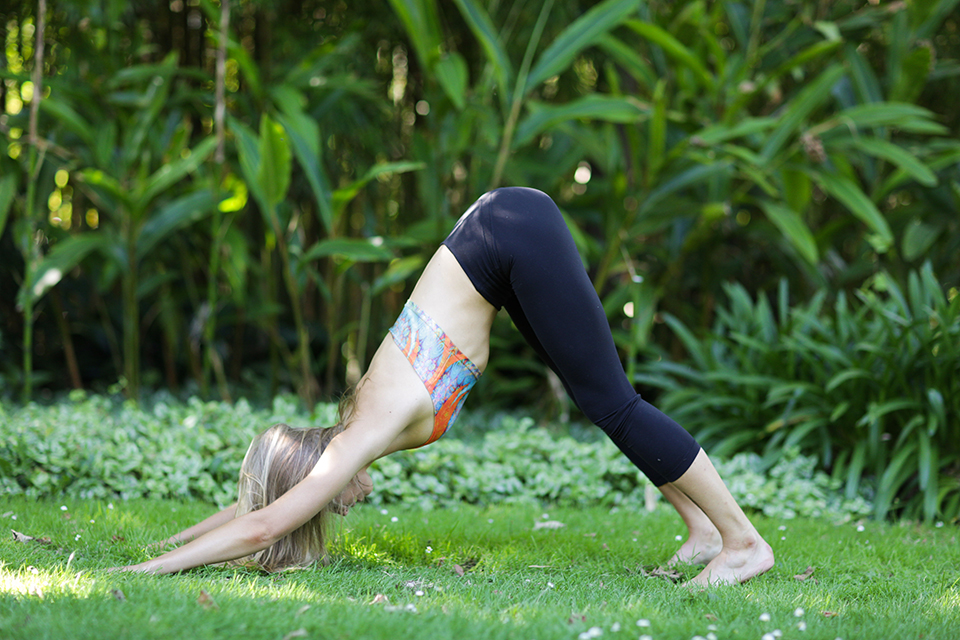
Favourite soundtrack when practising?
Music adds so much oomph and richness to the practice. Here are some of my favourites:
Afterglow, by Phaeleh
Slip, by Elliot Moss
Harvest Moon, by Poolside Two Bodies, by Flight Facilities You are safe, Vanessa Forbes Gayatri mantra, by Deva Premal
What are the benefits of meditating and how do we start?
The benefits of meditating – of learning to calm our frantic minds – are endless.
Meditation is a process of first observing, then accepting the busy chatters in out mind. Then through a number of different strategies and techniques, we can learn to slowly detach and quieten the mind to gain a sense of inner peace and freedom. We are free to then explore and understand what lies beyond our mental chatter.
Meditation acts like a binding agent…it holds together all the elements of yoga philosophy. In this initial stages, meditation provides us with a deep sense of mental clarity and a newfound ability to be aware of our cognitive behavioral patterns. We can then be present with ourselves…. truly present! This presence is crucial because we are then in an ideal position to step back from our emotions and assess and control our reactions. This interruption in thinking habits brings peace of mind and calm. We can gain a clear perspective of the stories (often critical or berating stories) we tell ourselves, the constant themes that take up our mental space and the conditioned beliefs we have adopted that may be disguising the truth.
I would recommend ideally to aim for 10-20 minutes a day, twice if possible. Showing up to this each day and observing your thoughts, rather than mindlessly and actively thinking is a good place to start.

Beginning to meditate
3 main steps.
1 First step is to decrease your awareness of external senses…. what you hear, what you see, what you feel. Basically we are trying to dull these outside senses that function to distract us from ourselves. During this first step, attempt to become conscious of your thinking patterns and the feelings in your body.
2 The second step is to still your mind so that your mind has something to focus on. It could be your breath; it could be a mantra (such as “om”). At this point it is important to try not to let anything come between you and that focus point. This won’t be easy at first, but just notice your mind wandering and then gently bring it back to the focus point. Perseverance is a must at this point. Over time you will begin to feel a level of concentration appear as your mind wanders less and you start to connect with that which you are observing.
3. The last step is arriving in the meditative state. The meditative state occurs when your move from concentration on an object (or mantra or breath) with a few interruptions, to a stream of concentration on an object with no interruptions. Then you are close to a true meditative experience. this is when all separation is transcended, you do not feel any separation to the object, there is only a sense of oneness found. You become overwhelmed with this sense of presence, of unity with yourself and the universe. You lose the distinction of me versus them, and feel wholly connected to who you really are… a conscious being, beyond your mind.
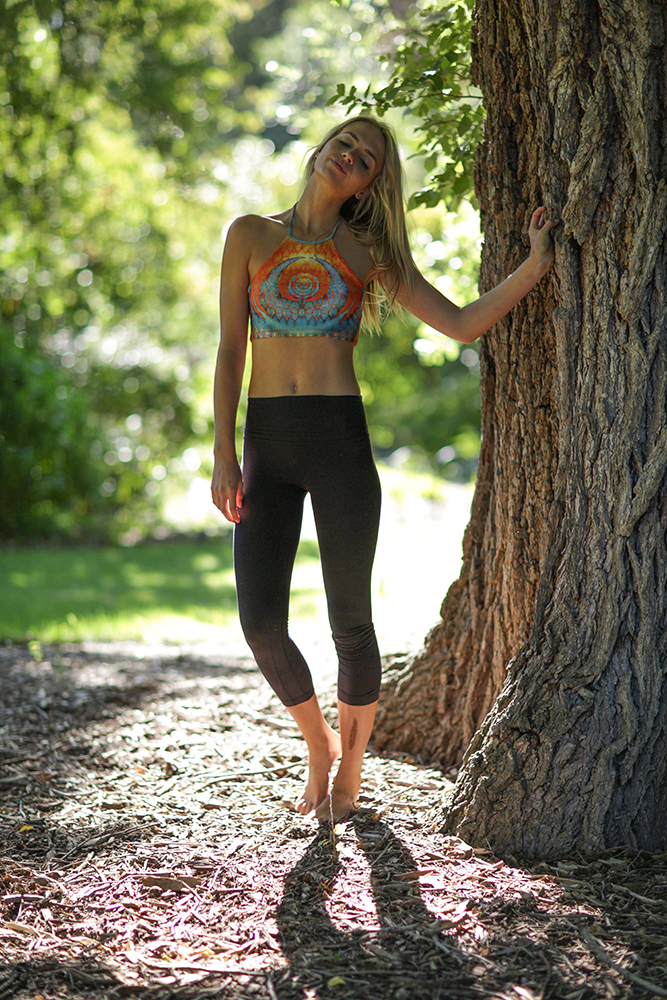
The following is a gentle beginner’s guide to meditation from my Modern Yoga book by renowned yogi Duncan Peak. Aim to sit for just 10-20 minutes in deep contemplation.
1 Find a comfortable position with the spine erect, making sure you are comfortable.
2 Close your eyes and become aware of your breath moving in and out of your nostrils. Notice which nostril is dominant, left or right, and then be sensitive to all the body effects on your breath. Don’t worry if the breath flow is not balanced, over time you will develop this ability and deeper experiences may come from it.
3 With each inhalation allow your awareness to move with the breath through the middle of your body, from your nostrils to your pelvic floor. On the exhalation allow the awareness to again move with the breath from your pelvic floor out through your nostrils again. Focus on this movement of your awareness until you can feel with total clarity the whole journey of your breathe up and down
4 Now move your awareness to your third eye, the centre of your forehead. Do not lift your physical eyes, just your awareness.
Rest your awareness there like you are watching a black movie screen.
As you exhale see if you can allow the out-breath to remain out for as long as possible (but don’t try to hold your breath). Just let the next breath come spontaneously rather than nervously drawing the breath back in. Give up the desire to take the next breath and start to explore the space between your thoughts and the space between your in and out breaths. Let it arise in you freely, don’t do yourself any harm or create any tension by forcing suspension of the breath, just simply let go and allow the process to happen for you.
